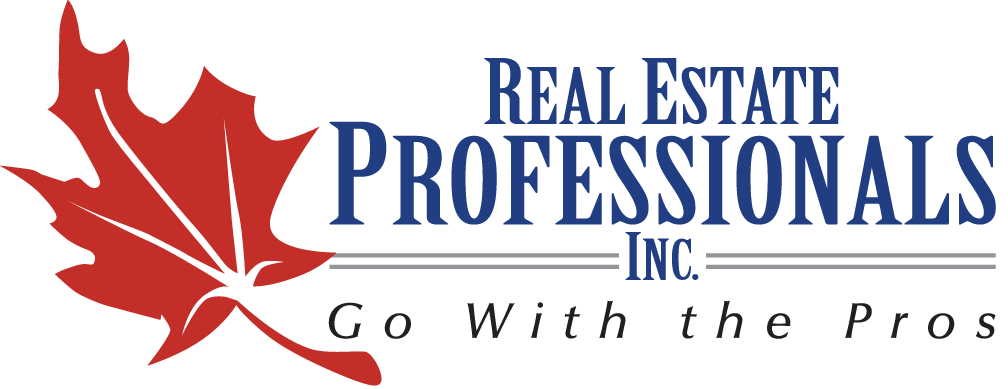Green and Smart Homes
It seems like every week we hear about a new tech innovation designed to streamline your world and, often, pad your wallet. Green and smart homes have become increasingly appealing in recent years with one survey reporting that 81% of buyers are more likely to buy a home if smart home products are already installed. Plus, many smart features are green-friendly – you can achieve a smart AND green home with a few modifications reaping the monthly savings yourself or adding significant value to a potential buyer.
So, what exactly is a smart home? Most definitions say smart homes use connected devices that are controlled from one central location like a tablet, laptop, smartphone or console. Smart home products are flooding into Canadian households at record speeds, connecting almost everything from locks to thermostats, refrigerators, lightbulbs and smart assistants. Smart homes will net more in your pocket with sales data showing that installing at least three high-tech products has the potential to increase your sale price.
The easiest way to start – and the most appealing to buyers – is with your thermostat. Units that control your home’s heating and cooling by learning the behaviours of the occupants and adjusting temperatures accordingly are relatively inexpensive and are cost-saving in the long run. Other simple additions are smart smoke and CO2 detectors. The value is evident from the safety aspect, giving you the ability to monitor yourself when away from home, and the tech is smart enough to know the difference between your burning toast and a house fire, saving needless alarms.
Other items buyers identified as desirable smart features were solar roof tiles, home battery packs (to store extra energy) and security devices including doorbells & built-in cameras. And how much extra are buyers willing to pay for a smarter home? Millennials said they would take on a 20% larger mortgage payment for the features. Half of Canadians said they would pay $5,000 more for a smart home with 5% reporting they would pay $10,000 more. And 2021 stats on the smart home market indicated a growth in the sector of 25.3% between 2021 and 2026.
As for value, let’s talk about some of the savings you yourself can benefit from after installing certain smart products. According to an article I recently read, smart appliances, like dishwashers programed to run when electricity is cheapest, will save you 2%-9% of total energy costs. Outlets that control when the appliances run to prevent waste and phantom power draw could save you up to $200 per year. You can expect savings of approximately 12% on heating and 15% on cooling by installing a smart thermostat. And take advantage of discounts of up to 20% on insurance for having smart doorbells and locks.
As I mentioned earlier, some of the smart installations are also considered “green” – another home feature very desirable with the current demographic of buyers. According to the TD Canada Trust Green Home Poll, Canadians in general see the value in an environmentally friendly home with 72% saying the would be willing to pay more for green features. The top motivations for those willing to pay more for a green home were cost saving on energy bills (77%), health benefits (43%) and reducing their environmental impact (42%).
The poll also showed that environmentally friendly home renovations and upgrades are popular with Canadians, revealing that 27% of Canadians have done or are planning to do a green renovation and another 29% said they would like to go green but don’t know where to start.
The Canadian and Albertan governments have offered homeowners green rebates for sustainable renovations through various programs over the years with the current federal one being the Canada Greener Homes Grant. Though I have to say that, in my opinion, the grant program has guidelines that make a rebate unrealistic for the average homeowner. You need to spend a ridiculous amount of money for the smallest rebate so don’t count on programs to fund your green dreams.
The top two energy-saving projects Canadians completed, according to the study, were replacing existing light fixtures/bulbs and replacing/upgrading windows. Other popular green improvements were applying weather-stripping and caulking to stop drafts and replacing kitchen appliances with more energy-efficient models.
Some food for thought for those thinking about doing some smart or green upgrades or looking for ways to increase their profit in a sale – and don’t forget, I’m here anytime with suggestions for the best bang-for-your-buck renovations. Visit me on Facebook and Google!

![]()

